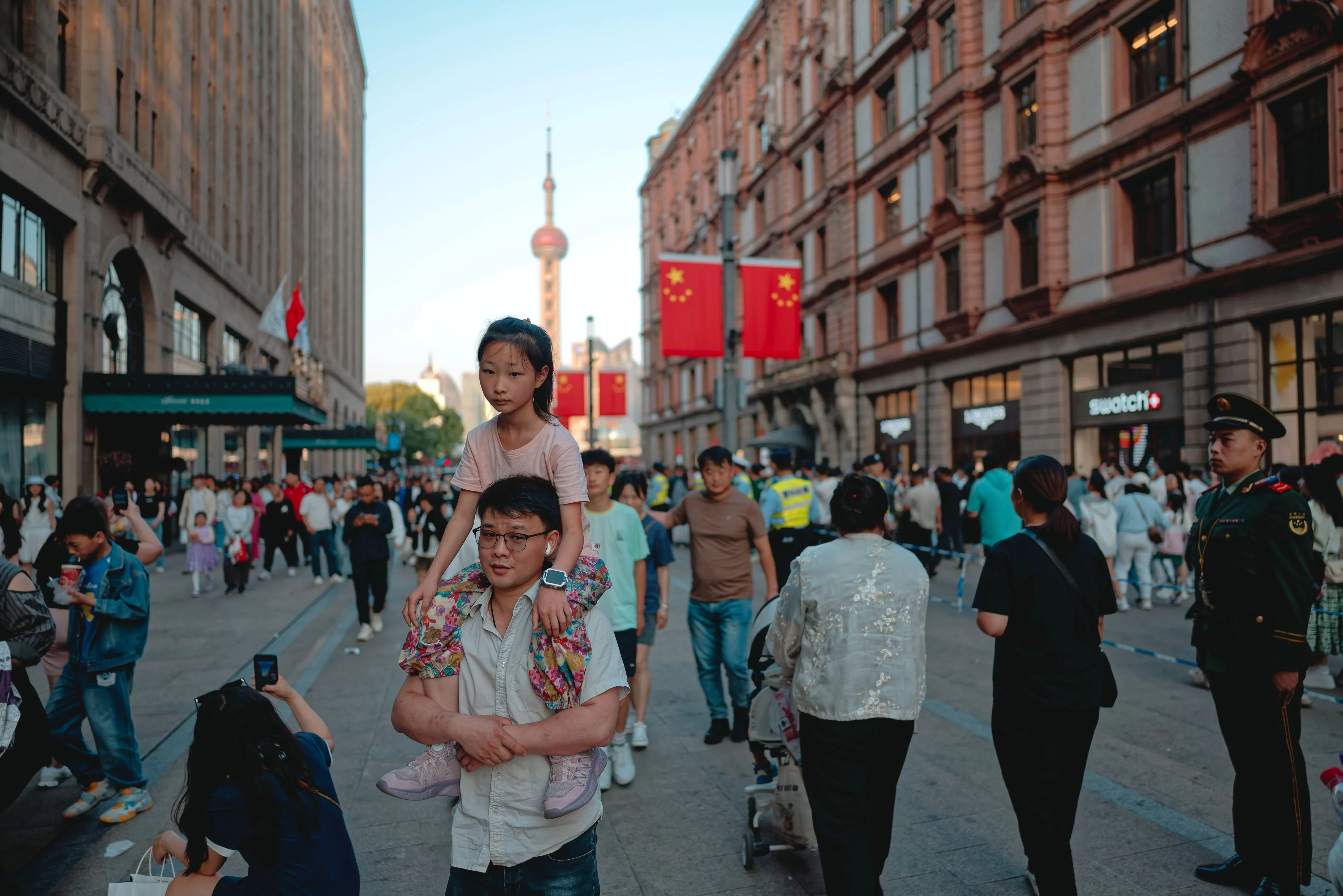By Imran Khalid
At the World Economic Forum’s “Summer Davos” meeting in Tianjin last month, Premier Li Qiang said that China is evolving into a “mega-sized consumption powerhouse”. This was more than a rhetorical flourish. It marked a reaffirmation of Beijing’s long-standing ambition to change its growth model, placing domestic demand, rather than exports or real estate, at the heart of the economy.
This vision is not new. Policymakers have been talking about rebalancing for over a decade. But the timing of Li’s message is noteworthy: global demand is faltering, supply chains are shifting and geopolitical tensions are reshaping the global trade landscape. For China – and much of Asia – this consumption pivot could be transformative, provided it is backed by strong structural reform.
As for now, China’s efforts could go either way. On one hand, retail sales rose 6.4 per cent year on year in May – consumer spending saw the strongest growth in nearly 18 months – buoyed by the 618 shopping festival and a suite of policy incentives. Electric vehicle purchases have surged. JD.com reported a double-digit increase in sales of household appliances. These are encouraging signs that Chinese households are cautiously returning to the market. According to the National Bureau of Statistics, retail sales reached 4.1 trillion yuan (US$572 billion) in May.
The broader context is more complicated. Imports declined for a second straight month in June, indicating that internal demand – while recovering – is still uneven. As of last year, China’s per capita savings stood at 24.5 per cent, lower than the Covid-era peak of 2022 but still quite high.
Meanwhile, the purchasing manager’s index edged up to 49.7 in June but remained in contraction territory, reinforcing the urgency of domestic demand as a stabilising force. These figures underscore the reality that China faces: a steady return to consumption tempered by structural frictions that inhibit a full economic handoff.
Part of the caution stems from structural factors. Chinese households still save at high rates, shaped by a legacy of limited social safety nets and concerns around healthcare, education and retirement. Disposable income rose 5.5 per cent in the first quarter of 2025, but that growth has yet to translate into broad-based confidence.
Despite a decrease, the youth unemployment rate remains rather high. Wage growth in a variety of industries has not kept up with workers’ aspirations. Add to that the residual psychological impact of the property sector downturn, and it’s clear why so many families are choosing prudence over purchases.
That said, Beijing is clearly aware of the stakes. Through fiscal policies, such as targeted subsidies and rural revitalisation, Chinese policymakers aim to create more balanced income growth and stronger rates of household consumption. Trade-in schemes for home appliances and electric vehicles are not just meant to support short-term sales; they encourage long-term energy-efficient consumption patterns.
Moreover, Beijing is not relying on stimulus as the only solution. Important structural reforms are also being implemented, including broader pension coverage, expanded digital public services and improved access to healthcare. Such policies will gradually reduce the need for precautionary savings. The government’s efforts to modernise supply chains and build a greener consumption base are drawing interest from foreign investors and exporters.
Michael Pettis, non-resident senior fellow at the Carnegie Endowment for International Peace, says that because Beijing has made the revival of consumption a priority, one could assume that it would account for 60-70 per cent of gross domestic product growth.
The global implications of China’s domestic reorientation are far-reaching. Countries such as Vietnam, Thailand, Malaysia and Indonesia are watching demand signals from China closely.
If the Chinese consumer becomes more import-reliant, the effect on Asian trade flows could be significant, shifting value chains towards more regional and service-based exchanges. For Australia, Brazil and other commodity exporters, renewed Chinese consumption could reignite demand for iron ore, soybeans and energy resources.
Boosting consumption also matters in the context of the climate crisis. Moving away from carbon-intensive growth towards consumer-driven services and green technologies could help China meet its emission targets while setting new regional standards for sustainable development.
Of course, the path forward is not without risk. The spectre of deflationary pressure has not entirely vanished, with the country’s consumer price index hovering near zero and persistent softness in housing and food prices. Policymakers must tread carefully by providing enough support to lift demand without reigniting debt-fuelled bubbles.
Yet there are reasons for guarded confidence. Premier Li’s message of reform and resilience resonates beyond China’s borders. His speech at the World Economic Forum reaffirmed the government’s commitment to high-quality, innovation-led growth and underscored China’s desire to remain a stable anchor for the region during a time of global uncertainty.
Foreign investors are recalibrating, too. While capital has generally flowed out, some investors are doubling down on China’s long-term consumption story, particularly in sectors such as healthcare, digital services and green technology. If reforms hold and consumer sentiment gradually improves, China may yet deliver on both sustaining domestic growth and stimulating the global economy.
Ultimately, the question is not whether China will rebalance, but how decisively and durably it can sustain its efforts to rebalance. The challenges – ageing demographics, wealth inequality and shifting global dynamics – are real. But so are the opportunities.
The next chapter of China’s growth story is being written not in ports and factories, but in the homes, wallets and aspirations of its people. If Premier Li’s pledge proves to be more than aspirational, China’s consumption pivot could become not only a domestic success but a pillar of global recovery.
